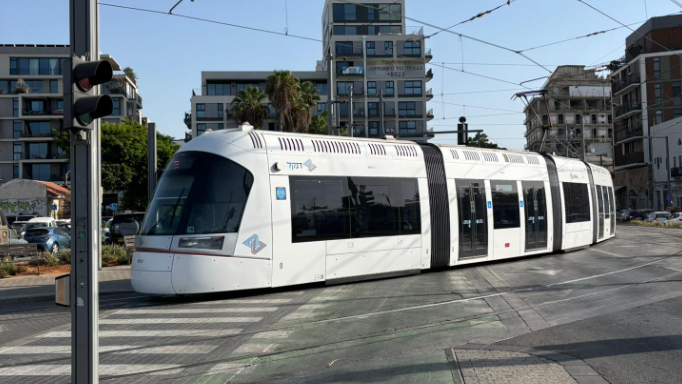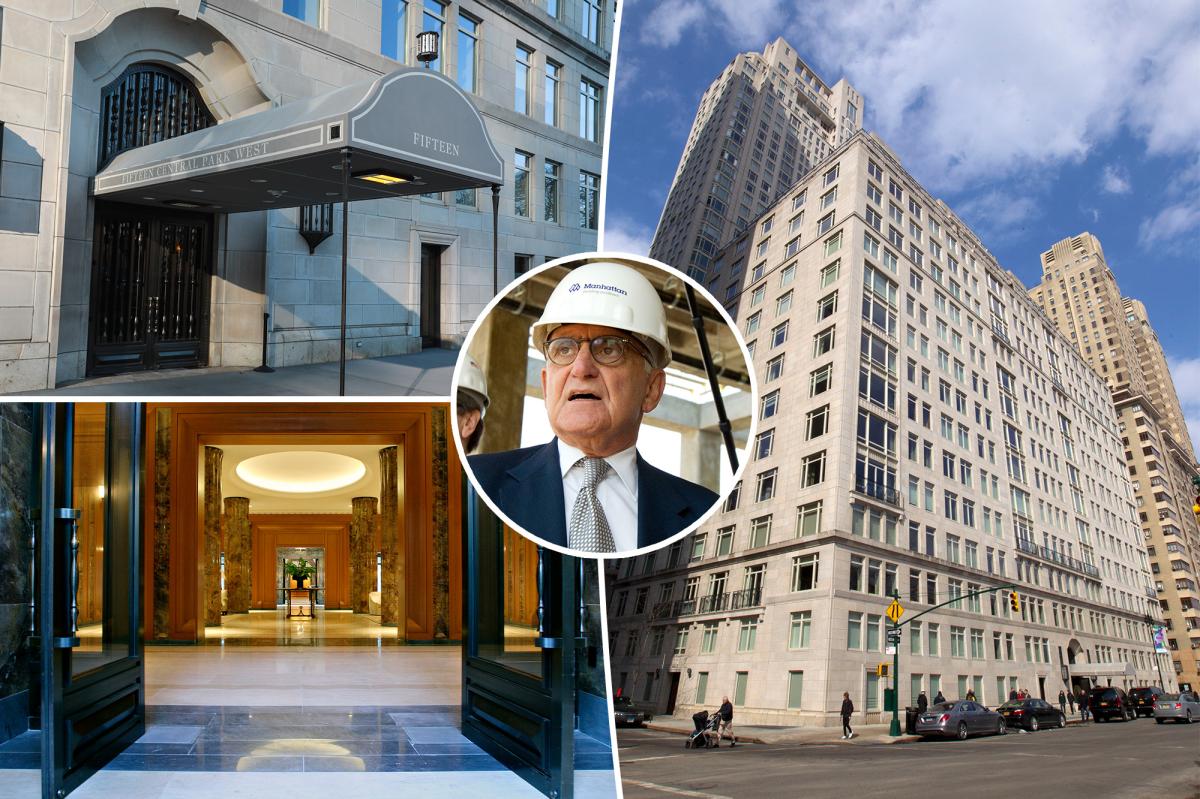T
el Aviv’s new light‑rail network is reshaping the heart of Israel, cutting travel times and redefining where people can afford to live while staying close to the city’s core.
The Red Line, already in service, links Petah Tikva, Ramat Gan, Tel Aviv, Jaffa, and Bat Yam. A full trip takes about 45 minutes, but a ride from Bat Yam to central Tel Aviv is just 15 minutes—free of the usual traffic snarls. For residents of Ramat Gan, a journey that once took over an hour now takes a fraction of that time. When the Purple Line reaches Givat ayim, the city will be only minutes away from Tel Aviv’s heart.
Beyond speed, the system offers predictability. Commuters can schedule their day with confidence, knowing arrival times are reliable. The trains are brand‑new, spotless, and equipped with visible security and monitoring. Stations are modern, spacious, and designed to European standards, a stark contrast to older Israeli public transport.
A recent visit to Sarona Market with a client from Paris illustrated the experience. A taxi would have taken 25–30 minutes amid traffic, but the light rail brought us there in seven. The client, surprised by the safety and efficiency, remarked that such a ride would be unheard of in Paris.
The impact on real‑estate is immediate. Buyers who once paid Tel Aviv’s sky‑high prices for the privilege of a short commute now see that living 20–30 minutes away can cut housing costs by 50 percent while still offering a quick, reliable ride into the city. This shift is already boosting demand and prices in surrounding areas.
For investors, the opportunity is clear. Properties near current or planned stations remain undervalued compared to Tel Aviv. Purchasing within walking distance of a future station and holding for a few years can yield significant returns. The upcoming Purple and Green Lines will connect North Tel Aviv, Givat ayim, Holon, Rishon LeZion, Herzliya, Kiryat Ono, and more, further expanding the network’s reach.
Young families, new immigrants, and professionals seeking quieter, more affordable living will increasingly choose these neighborhoods, creating vibrant communities along the rail corridors. The pattern mirrors global cities where proximity to transit commands a premium.
Israel’s light rail is brand new, with clean trains and modern stations that surpass many established systems worldwide. It is not merely a transportation upgrade; it is a catalyst for demographic shifts, smarter urban planning, and a new wave of real‑estate investment.
Tel Aviv will always command high prices for its culture, nightlife, and job opportunities, but the light rail now allows residents to combine that lifestyle with affordability and a traffic‑free commute. Early adopters who position themselves near stations stand to benefit most as this new reality unfolds.














